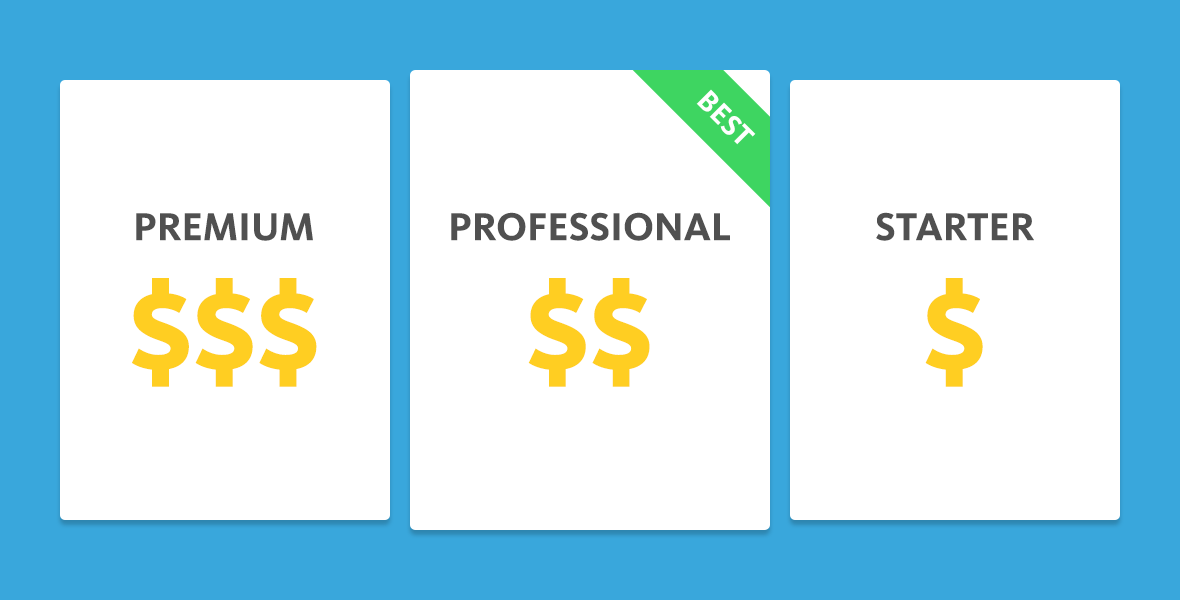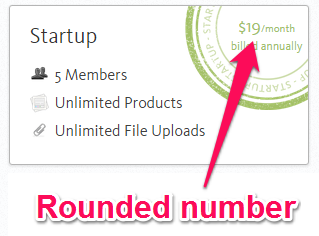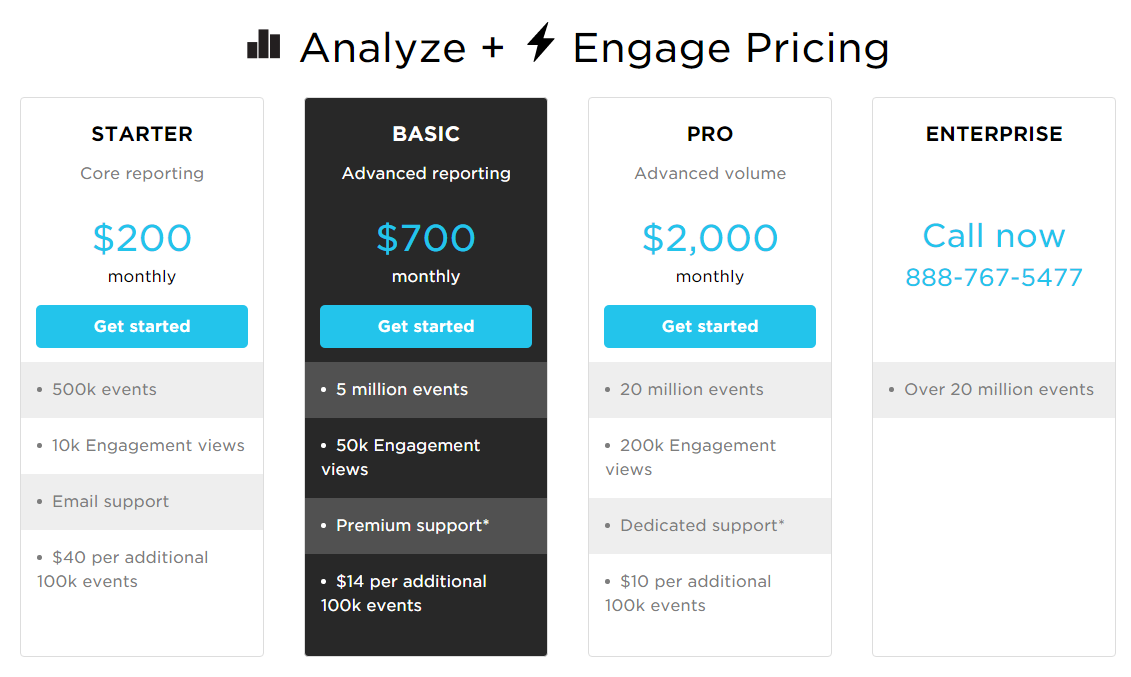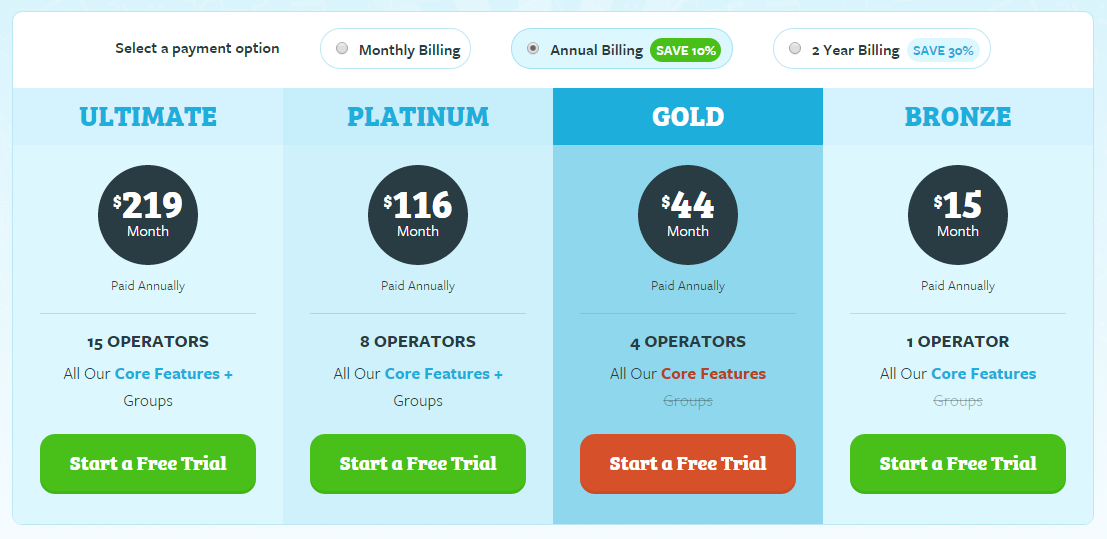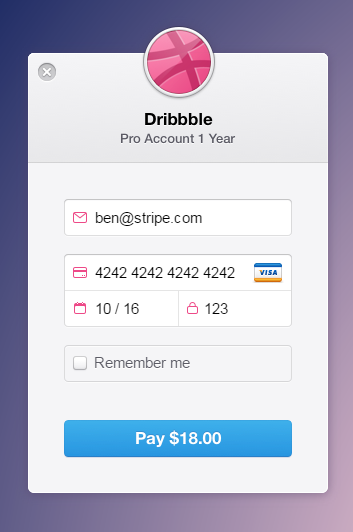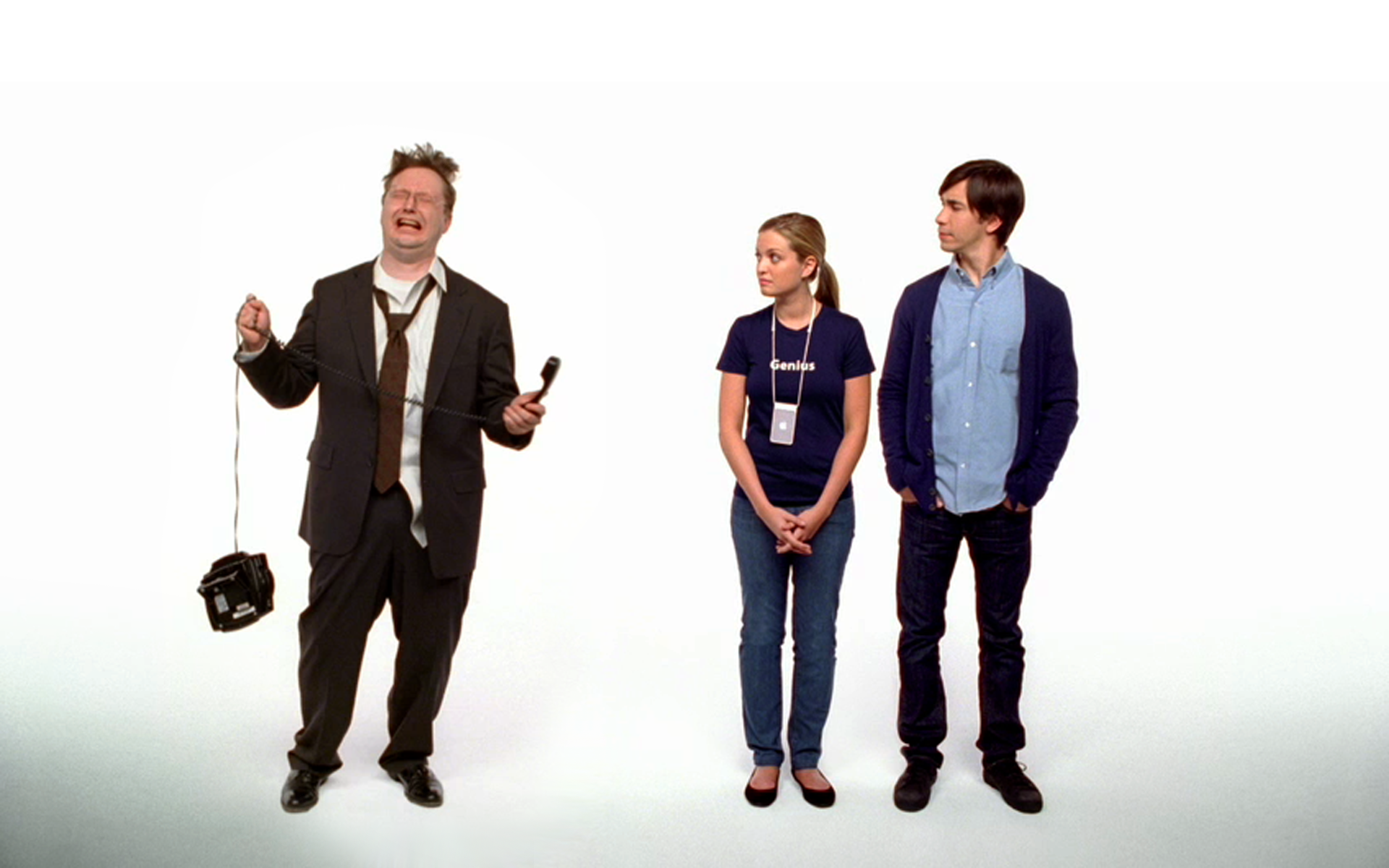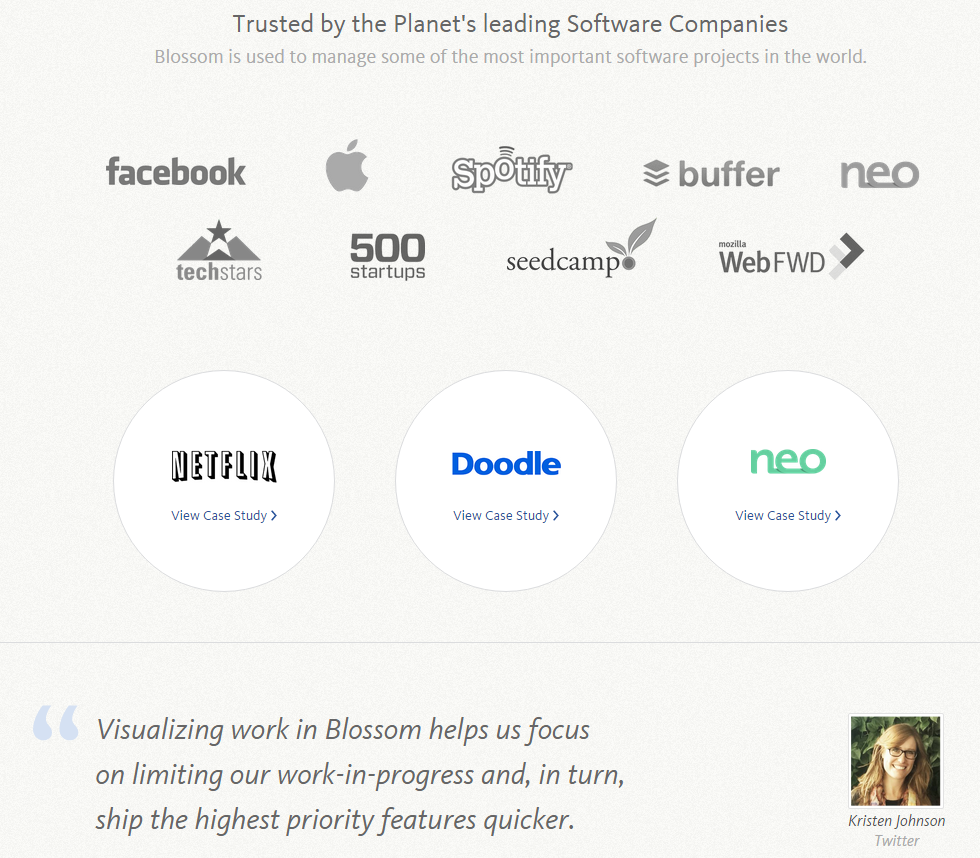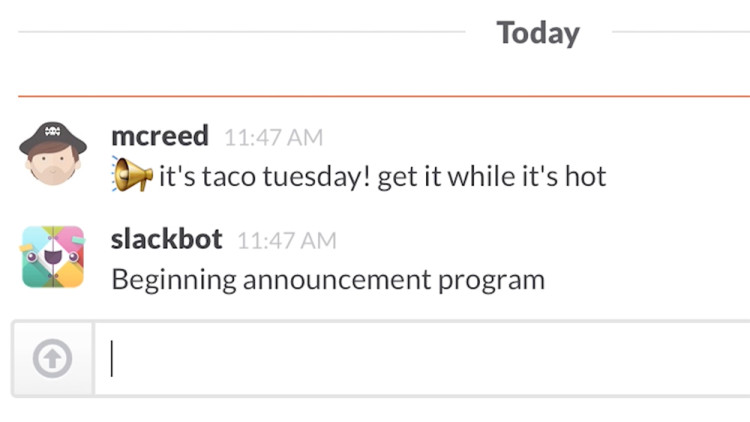All SaaS startups all have the same problem – they charge people to use their products but need lots of customers to cover the costs of developing their product.
In other words, they need a pricing strategy. It can be the difference between a potential and a recurring customer.
Here are a list of best practices to help you make sure you’re not selling your product short.
Use Round Numbers → Round Pricing Preference
Use round dollar numbers and slip in the number 9 if possible.
Why? Evidence has recently built a case for people preferring to spend more on rounded dollar prices, a counter-intuitive take on the “99c” store. There’s also buzz around the magic of the number 9.
Examples: Cloud9, Nitrous, Intercom.
Use Tiered Pricing → Anchoring Bias
Place your most expensive plan on the left through to your cheapest on the right.
Why? People who naturally read from left to right will see the value they’re getting relative to your largest plans. The most expensive product will function as price anchor that will influence your customers’ decisions for your other plans.
Examples: Blossom, Help Scout, Baremetrics.
Limit the Number of Choices → Choice Paradox
Limit the number of subscriptions, and their differences, your customers can choose from.
Why? People can literally be paralyzed by having to choose. Remove the friction by taking a minimalistic approach to pricing.
Examples: Buffer, Help Scout, Groove.
Position your best plan in the middle → Centre-Stage Effect
Position your best plan in the middle.
Why? People tend to go for the product in the middle of a bunch of similar products. In the middle of your pricing page, place the plan you want to perform the best and you think your customers will like the most.
Examples: Kissmetrics, Baremetrics, Briefmetrics.
Instill a Sense of Urgency By Being Scarce → Scarcity Effect
Provide limited time offers to help convert customers sitting on the fence.
Why? Simply put, “humans place a higher value on an object that is scarce, and a lower value on those that are abundant”. Your customers win by getting your product at a discounted price. You win by getting customers who might have chosen a competitor by a slim margin.
Examples: Cheaper plans for early adopters, one-time discount on annual plans, limited time offers.
Care more than the rest → Noble Edge Effect
Be involved in your community and the white knight that saves your customers from the greedy hands of other organizations.
Why? You can do this by growing communities in your industry (e.g. moderating a Medium publication, running a forum, and so on), blogging about what the current state of the industry is and where it can go, and many more.
Examples: GrowthHackers, Inbound.org, Medium Publications.
Offer small discounts upfront → Hyperbolic Discounting
Offer a small discount from the get-go.
Why? People tend to opt for (and place higher value on) a small gain upfront over larger gains in the long term.
Examples: Upfront discount on annual plans, 50% discount on your ‘best’ plan.
Make the checkout as simple as possible → Goal Gradient Effect
Minimize the effort it takes to buy your product by pre-filling forms with information your customers have already provided.
Why? There’s a number of factors which can send a user away from your payment form:
- Needing to refresh the page
- Having to double type your billing and shipping address when they’re the same
- Re-typing your email address when you provided it on the page before
Examples: Checkout page best practices.
Be different → Von Restorff Effect
Create a product that’s unique and pushes the boundaries of your domain.
Why? An item that “stands out like a sore thumb” is more likely to be remembered than other items.
Examples: Slack, Apple, Tesla.
Use social proof → Social Default Bias
Prominently display companies that use your product, case studies and testimonials on your landing and/or pricing page.
Why? If amazing companies are using your product, people are hardwired to think your product plays a part in that and want to gain the benefits for themselves.
Examples: Blossom Customers, Intercom Customers, Salesforce Customers.
Use Simple Language → Speak-Easy Effect
Write your copy with simple-to-understand words that can be read out-loud without stumping the reader mid-sentence.
Why? We have an “innate desire for things we’re already familiar with”. This includes words.
Examples: Slack, Mailchimp, Snapchat.
It’s not rocket science, but it does lead to rocket-ship growth. Try these SaaS startup pricing strategies and let us know what worked and what can be improved!
